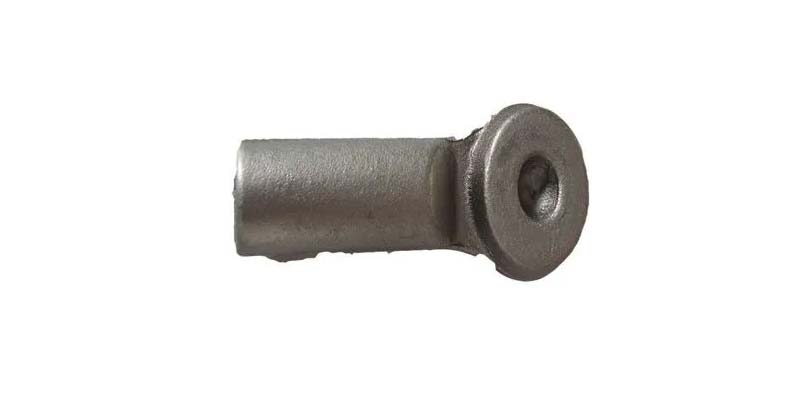- Contact Innally, Let you purchase forgings in China more favorable prices, products more assured!
- Hotline:+(86)15038323776 Email:innally@innally.com
How to distinguish high-quality bicycle forgings and motorcycle forgings from quality?
- Category: Steel forgings, Thermal forging
- |
- Date: 21/09/2023
from the quality of the identification of high-quality bicycle forgings and motorcycle forgings need to consider a number of factors. In addition to the routine appearance inspection, internal quality inspection and mechanical property testing, it is also necessary to pay attention to the requirements of metallographic organization and third-party certification. Only forgings with full quality identification can truly meet the needs of use and ensure safety and reliability.
Product Details
The quality identification of high-quality bicycle forgings and motorcycle forgings is an important link to ensure that the purchased forgings meet high standards. Here are a few tips to help you identify quality bike forgings and motorcycle forgings:
Check the appearance quality: the surface of high-quality forgings should be smooth and clean, without obvious burrs, cracks, pores, inclusions and other defects. For some forgings that need to be used together, such as gears, pistons, etc., it is also necessary to check the accuracy and surface quality of their matching surfaces to ensure that they can be smoothly matched with other components.

Check the internal quality: Many forgings have some internal defects in the manufacturing process, such as shrinkage holes, internal cracks, etc. These defects can be detected by non-destructive testing techniques (such as ultrasonic testing, magnetic particle testing, etc.). When purchasing forgings, suppliers should be asked to provide non-destructive testing reports to ensure that the internal quality of the purchased forgings is not problematic.
Check mechanical properties: The mechanical properties of forgings are an important indicator to measure their quality. Usually, the tensile strength, yield strength, impact toughness and other indicators of high-quality forgings are high. When purchasing forgings, suppliers should be required to provide mechanical performance test reports to prove that their mechanical properties meet the relevant standards.
Check the metallographic structure: The metallographic structure refers to the shape and distribution of the internal microstructure of the metal material. The metallographic structure of high-quality forgings should be uniform, fine, well distributed, and there is no obvious coarse structure, carbide and other defects. When purchasing forgings, suppliers can be asked to provide metallographic inspection reports to ensure that their metallographic organization meets the relevant standards.
Check third-party certification: Many important forgings (such as aeroengines, hydraulic components, etc.) need to be certified by an authoritative third-party certification body. These certification bodies will carry out a comprehensive assessment and certification of the production process, materials, performance and other aspects of the forging. When purchasing forgings, suppliers should be required to provide the appropriate third-party certification materials to prove that their products meet the relevant standards.
To sum up, from the quality of the identification of high-quality bicycle forgings and motorcycle forgings need to consider a number of factors. In addition to the routine appearance inspection, internal quality inspection and mechanical property testing, it is also necessary to pay attention to the requirements of metallographic organization and third-party certification. Only forgings with full quality identification can truly meet the needs of use and ensure safety and reliability.
nannan
INNALLY mainly provides you with various types of cast and forged parts products. Welcome your inquiries! innally@innally.com
Related Products
Search
Forging center
- Steel forgings
- Aluminium alloy forging
- Titanium alloy forging
- Stainless steel forging
- Copper forging
- Automotive forgings
- Locomotive forging
- Bicycle forgings
- Motorcycle forging
- Rigging and fasteners
- Bearing forging
- Electric power fittings
- Marine forging
- Mechanical forgings for metalworking
- Mining machinery forgings
- Marine engineering forgings
- Construction machinery forgings
Popular product

© 2025. All Rights Reserved.






